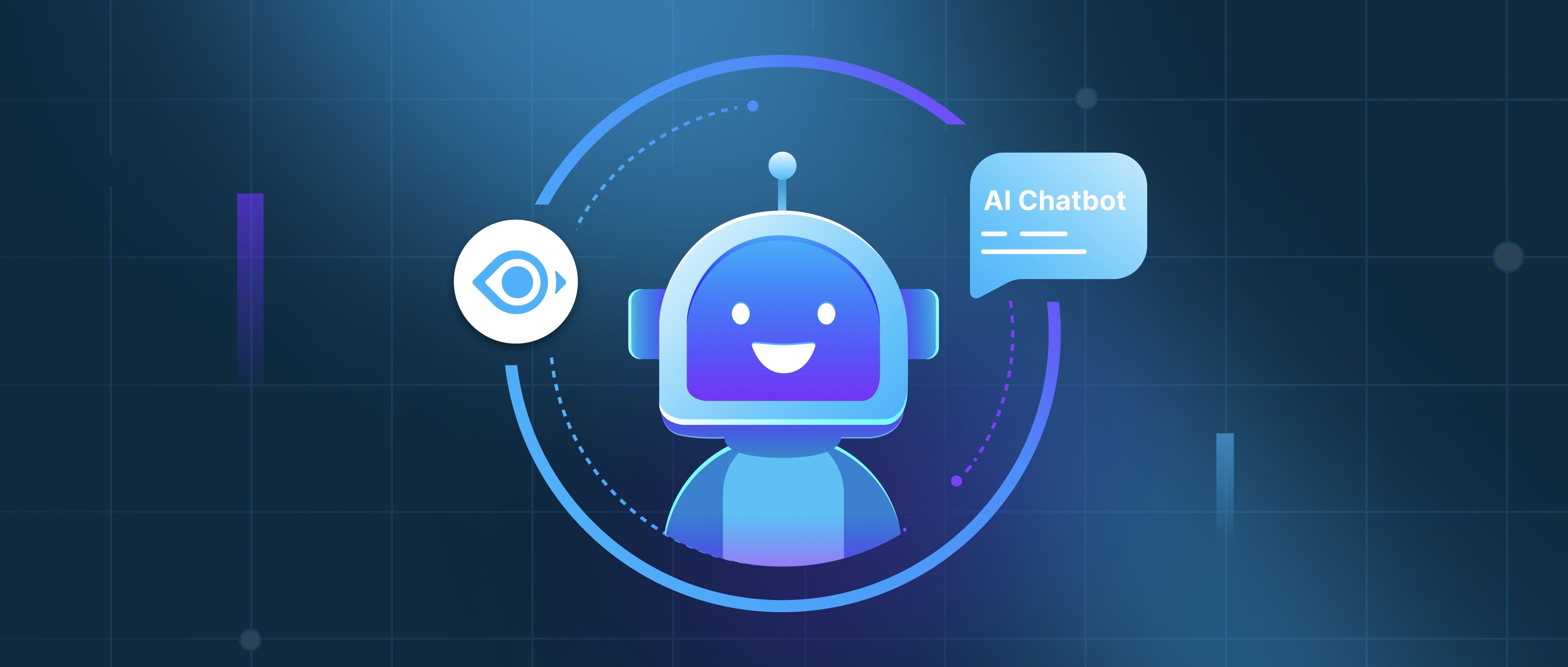When it comes to reinforcement learning (RL) in Python, several libraries stand out as the best options for developers and technical professionals. The most popular libraries include Stable Baselines3, OpenAI Gym, and TensorFlow Agents. Each of these libraries provides different functionalities and strengths, making them suitable for various projects depending on the requirements.
Stable Baselines3 is a solid choice for those who need a reliable toolkit for RL algorithms. It is built on top of PyTorch and includes implementations of various algorithms such as Proximal Policy Optimization (PPO), Deep Q-Network (DQN), and A2C (Advantage Actor-Critic). This library is user-friendly and easy to integrate into projects. Developers can quickly get started by simply importing the library and setting up their training environments. For example, utilizing a pre-defined environment from OpenAI Gym, one can easily train an agent using a few lines of code.
OpenAI Gym serves as a vital component for anyone working in reinforcement learning. It provides environments for testing RL algorithms, ranging from simple tasks like balancing a pole to more complex scenarios like video games. Developers can define their custom environments using Gym’s API, allowing flexibility to adapt to specific needs. Combining OpenAI Gym with other libraries like Stable Baselines3 enables developers to create end-to-end RL applications effectively. TensorFlow Agents is another excellent choice for those who prefer to use TensorFlow; it provides a robust framework for building and training RL algorithms, which is particularly useful for larger projects.
In summary, choosing the best RL libraries for Python largely depends on your specific requirements and preferences. Stable Baselines3 offers a straightforward approach to implementing RL algorithms, while OpenAI Gym provides a versatile environment for experimentation. TensorFlow Agents stands out for those already embedded within the TensorFlow ecosystem. By understanding the unique features of each library, developers can select the one that best aligns with their project goals.
